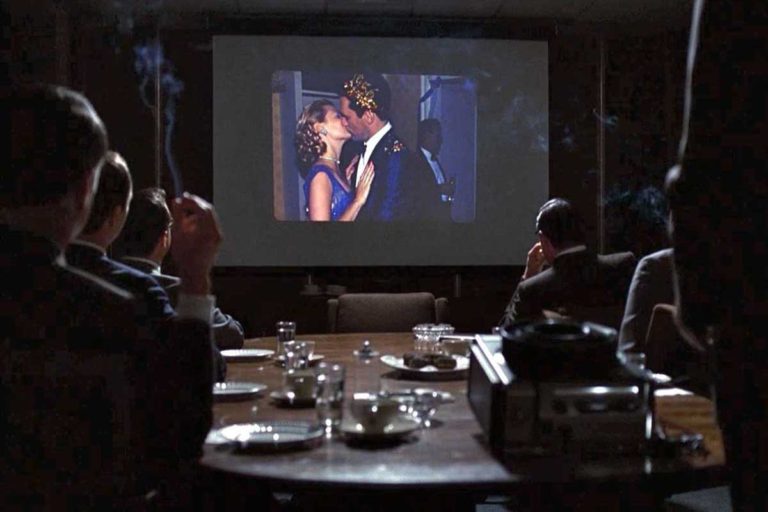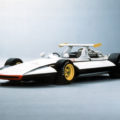They say that if you want to sell something, promote the product as “new” and “exciting.” However, we have learned that the premise of portraying something as timeless and triggering memories and emotions of the would-be consumer’s ‘good old days’ also has a profound and lasting effect.
The word nostalgia has seen it’s rise in popularity during the last 100 or so years. It seems that there wasn’t a need, or longing for such a word before the 1930’s – or perhaps there was a void waiting to be filled. It’s possible that this surge in popularity correlates with the great depression, and people’s longing to remember how things used to be before the economic crash. Regardless of the reasoning – the comforts and quality of life have vastly improved since these days, and yet there is still a longing for the memories of yesterday, and the yearning to relive them – just for a brief moment.
We get a certain feeling when we see images or recall memories from the past. I don’t think this is new, but rather a trait that is built into our DNA, and a way we deal with the fact that time never stands still. In a sense, we face our own mortality when we become nostalgic, in a way that is not scary – but rooted in appreciation.

Nostalgia has had success in advertising, and as seen in this Mad Men pitch for Kodak’s The Carousel, it’s impact is devastating. The audience can relate, at a “deeper” level, reminiscing of a bygone era. Here’s a commercial from Hallmark that illustrates relatable nostalgia. For a more recent and lighthearted example, Sunny Delight’s 2015 Rollerblading commercial is both hilarious and effective at utilizing nostalgia.

The longing for “simpler” times seems to grow the more complex our society becomes. There is a longing in everyone for peace and quiet, and for most of us – that’s how some areas of our past look like through our rear view mirror. Plain and simple – free from the complexity of everyday life’s constant decision-making.
Adam Morgan, a man well-versed in the connection between neuroscience and marketing proclaims the following;
“Nostalgia is powerful. Use enough, but not too much.”
We can understand why this is. If you are overtaken by too much of a nostalgic moment in an advertisement – it has the opposite effect; it is not relatable, and thus turns into a cartoon – totally missing the mark. When the advertisement contains the right amount of each ingredient, you are left almost speechless, drawn to the product as you correlate it with the deeper connection you’re feeling. This is what Morgan refers to the bed of nails analogy; one is effective and will penetrate, many will not.
This drives to Morgan’s greater point; emotion and rational thinking both deserve a seat at the table. However, the emotional mind will at times overtake the rational mind – just as the opposite is true. It’s not always that way, but when it is – a lot of the emotional instances can be traced to the lingering effects of nostalgia.

Note – I watched Adam Morgan’s presentation, “Return on Ideas – the epic story of neuroscience, creativity and ROI’ at the 2017 Adobe Summit in Las Vegas, NV which was extremely interesting. Information from that presentation heavily influenced this post. I suggest that you check it out if you are interested in the role neuroscience plays in advertising and marketing. You can download Morgan’s presentation here.



